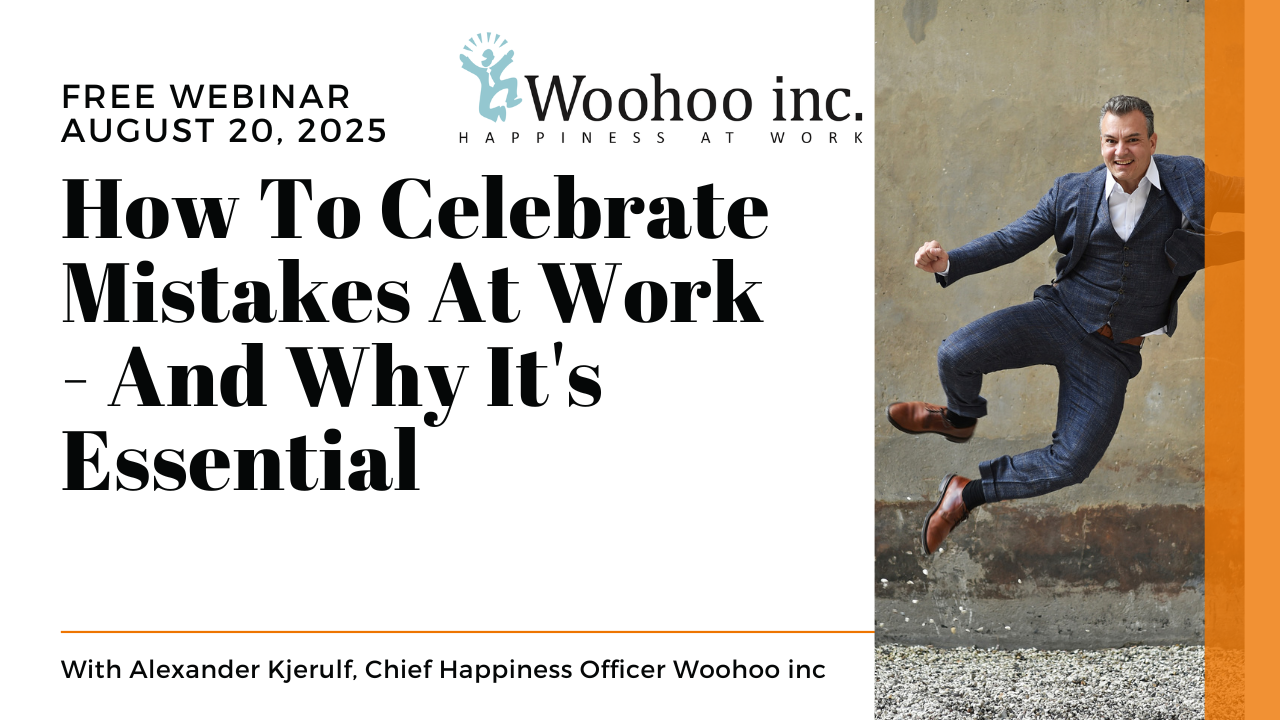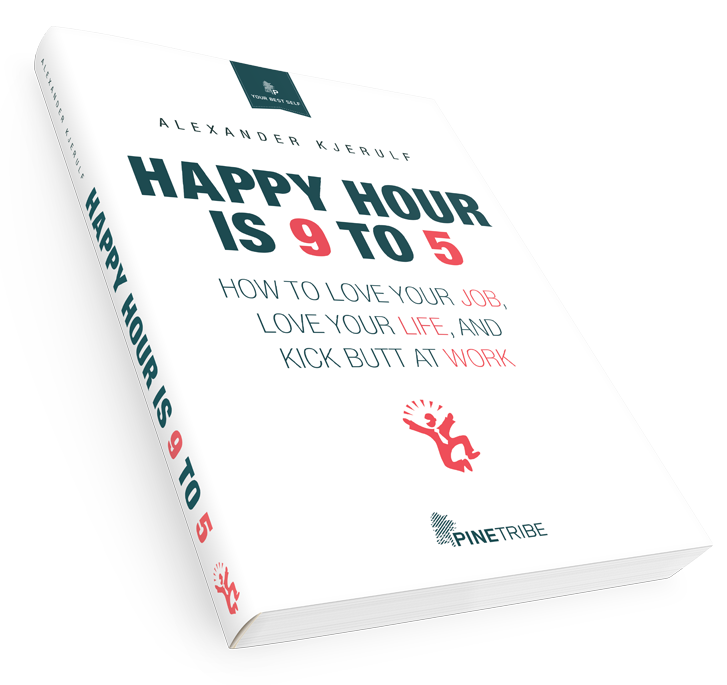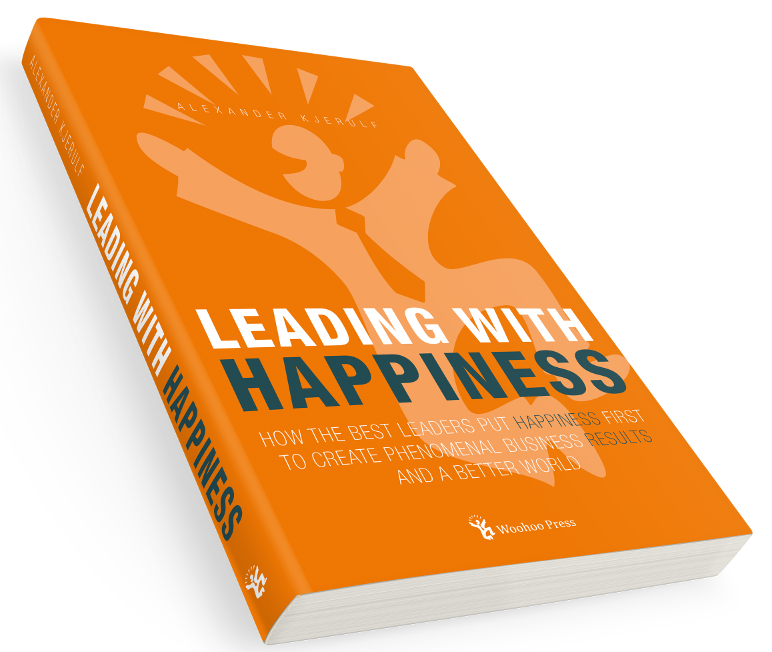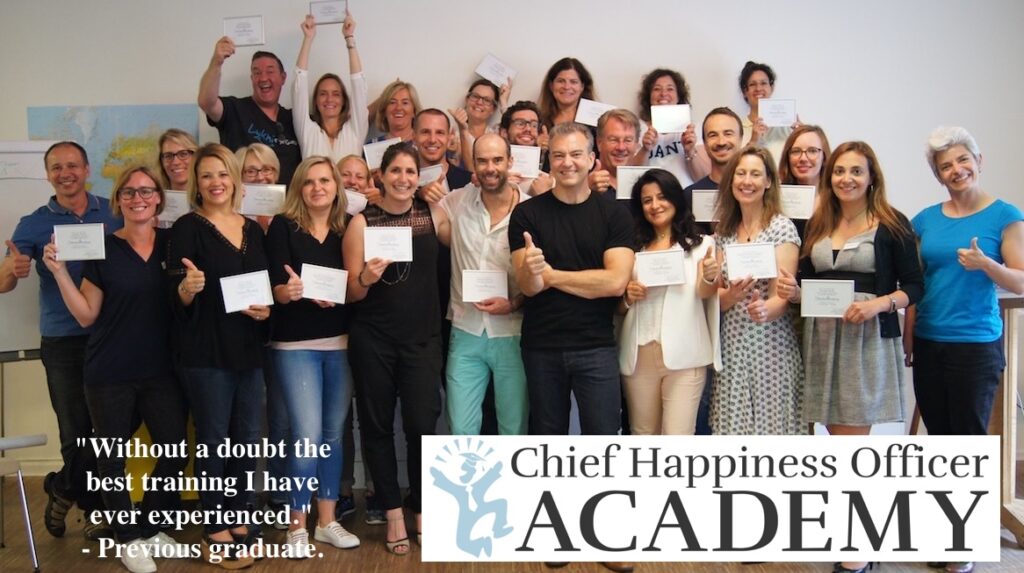Researchers at Stanford University have found, that when we see other people get hurt, our brain shows some of the same reaction as when we get hurt ourselves.
Researchers at Stanford University in California obtained their findings from studying people’s brain activity while they watched videos of other people being hurt, such as clips of sporting injuries or car crashes.
The authors found that similar areas of the brain were activated both when people watched another person getting hurt and when they, themselves, experienced modest pain during a subsequent experiment.
It seems that empathy is hardwired into us at a very fundamental, neurological level. All in all, I’d say that the traditional mental image of humans as competitors in a dog-eat-dog world, constantly fighting for survival, is looking less and less real.
There is now hard scientific evidence, that traits such as empathy, generosity, fairness and cooperation are built into us at the most fundamental level. I really like this view of humanity, and here are some past posts, which talk about some of this:
* Review of Non Zero – the history of cooperation
* Review of The web of life – more cooperation
* Being excluded hurts
* Monkey fairness
* Review of The generous human






